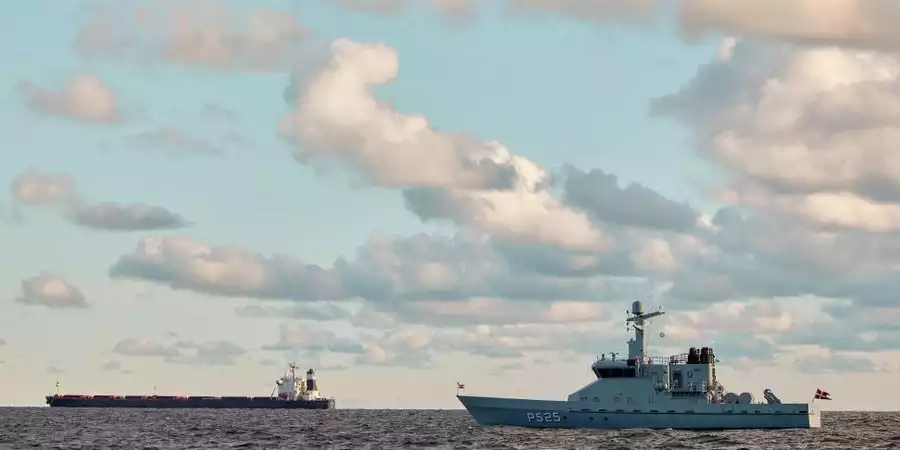Danish Navy Monitors Chinese Ship Suspected in Undersea Cable Damage
Danish naval patrol vessels are closely monitoring a Chinese bulk carrier suspected of damaging critical undersea cables in the Baltic Sea. The incident has raised concerns about potential sabotage and highlighted the vulnerability of vital underwater infrastructure.
Two separate undersea cables, one connecting Finland and Germany and another linking Lithuania and Sweden, were discovered cut within a day of each other. European officials suggest the damage was deliberate, pointing to possible sabotage.
The Chinese cargo ship Yi Peng 3 is at the center of the investigation, having been tracked near the damaged cables at the time of the incidents. German Defense Minister Boris Pistorius stated that the cables were likely sabotaged, viewing the incident as part of broader threats to European security, including hybrid warfare.
This event follows a series of similar incidents in recent years, including damage to a gas pipeline by another Chinese ship and the high-profile Nord Stream pipeline sabotage. These occurrences underscore the critical nature of underwater infrastructure for internet traffic and energy supply and the challenges in protecting such extensive networks.
NATO has acknowledged the difficulty in monitoring vast undersea infrastructure and is working to improve information sharing and intelligence coordination among member states. The alliance and the European Union are developing initiatives for uncrewed systems to enhance surveillance capabilities.
However, protecting underwater infrastructure presents complex legal and operational challenges due to its passage through multiple territorial and international waters. The incident has also reignited suspicions about Russian activity near underwater cables, given the country’s specialized capabilities for underwater operations and intelligence-gathering efforts on allied infrastructure.
As investigations continue, the strategic implications of such vulnerabilities are becoming increasingly apparent, especially in light of the ongoing conflict in Ukraine. The incident serves as a stark reminder of the need for enhanced protection and monitoring of critical underwater assets in an evolving geopolitical landscape.




 By
By By
By

 By
By

 By
By
 By
By







